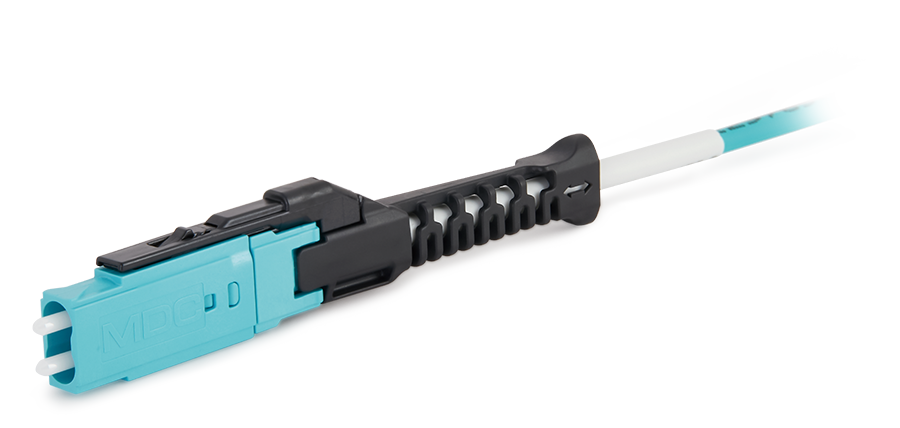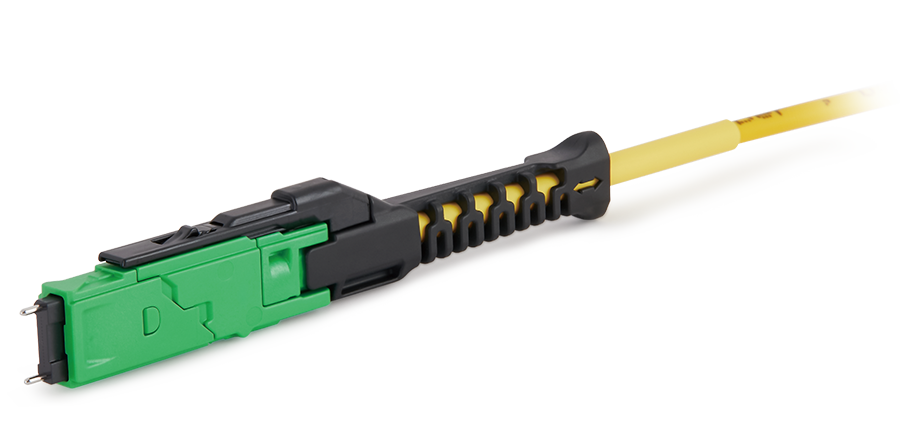In today's digital age, the speed and stability of data transmission are crucial for business operations. High-speed cables and AOC Optical Cables, as important media for data transmission, play a decisive role in ensuring efficient network operation through their selection and application. When choosing the appropriate transmission medium, we need to deeply understand their characteristics, advantages, and applicable scenarios.
AOC Optical Cables and High-Speed Cables
AOC Optical Cable is a type of optical cable that integrates electronic components. It not only transmits optical signals but also amplifies and equalizes them to achieve long-distance high-speed data transmission. AOC Optical Cables are widely used in data centers, cloud computing systems, educational centers, and laboratories, particularly suitable for environments requiring high-speed, stable data transmission. When selecting an Active Optical Cable, besides considering the transmission rate and distance, one should also focus on its power consumption and cost. Although AOCs are relatively expensive, the performance advantages they provide can often meet the stringent requirements of specific environments.
High-speed cables are ideal for short-distance connections between devices within a data center. They are provided in fixed lengths, with standard SFP or QSFP interfaces at both ends, enabling direct connections between devices. For example, 10G SFP+ DAC, 25G SFP28 DAC, 40G QSFP+ DAC, 100G QSFP28 DAC, and 200G QSFP56 DAC can meet different speed requirements. Made with copper cores, they have excellent heat dissipation and low power consumption. When choosing high-speed cables, in addition to length, AWG value (wire gauge, where a higher number means a thinner cable), transmission rate, and connector type, one also needs to decide between active and passive high-speed cables. Active high-speed cables have built-in signal amplifiers, which can extend transmission distance but are more expensive. Passive high-speed cables lack these additional electronic components, making them cheaper and suitable for shorter distances.
How to Choose and Apply AOC Optical Cables and High-Speed Cables
In practical applications, if the distance between devices within your data center is short and there are budget constraints, high-speed cables will be the more suitable choice. They are not only easy to install but also have lower maintenance costs. However, if your application scenario requires longer transmission distances, or you have higher demands for data transmission stability and speed, then AOC Optical Cables will be the more ideal choice. AOCs can provide longer transmission distances and higher bandwidth. Although they are more expensive, their performance advantages can often meet the stringent requirements of enterprise-level applications.
When choosing high-speed cables or AOC Optical Cables, one should also consider future technological trends and potential upgrade needs. Choosing cable types and standards that support future technology upgrades can ensure that your network infrastructure remains competitive in the years to come. Additionally, given the scalability and flexibility of data centers, selecting the appropriate cable type is crucial for achieving efficient data center management.
In summary, high-speed cables and AOC Optical Cables each have their unique application scenarios and advantages. When choosing, one should comprehensively consider transmission distance, cost, future scalability, and specific application needs to ensure the selection of the most suitable transmission medium. By carefully evaluating these factors, you can choose the most appropriate high-speed data transmission solution for your network infrastructure.

 Fiber Optic Flex Circuit (FOFC)
Advanced Simulation & Optimization, High Positioning Accuracy, Flexible Customization, Rigorous Reliability Testing
Fiber Optic Flex Circuit (FOFC)
Advanced Simulation & Optimization, High Positioning Accuracy, Flexible Customization, Rigorous Reliability Testing MDC Solution
US Conec's MDC connector is a Very Small Form Factor (VSFF) duplex optical connector, expertly designed for terminating single-mode and multimode fiber cables with diameters up to 2.0mm.
MDC Solution
US Conec's MDC connector is a Very Small Form Factor (VSFF) duplex optical connector, expertly designed for terminating single-mode and multimode fiber cables with diameters up to 2.0mm. MMC Solution
US Conec's Very Small Form Factor (VSFF) multi-fiber optical connector that redefines high-density connectivity with its cutting-edge TMT ferrule technology and intuitive Direct-Conec™ push-pull boot design.
MMC Solution
US Conec's Very Small Form Factor (VSFF) multi-fiber optical connector that redefines high-density connectivity with its cutting-edge TMT ferrule technology and intuitive Direct-Conec™ push-pull boot design. EN
EN
 jp
jp  fr
fr  es
es  it
it  ru
ru  pt
pt  ar
ar  el
el  nl
nl 



_and_High-Reflection_(HR)_Optical_Coatings.webp)
